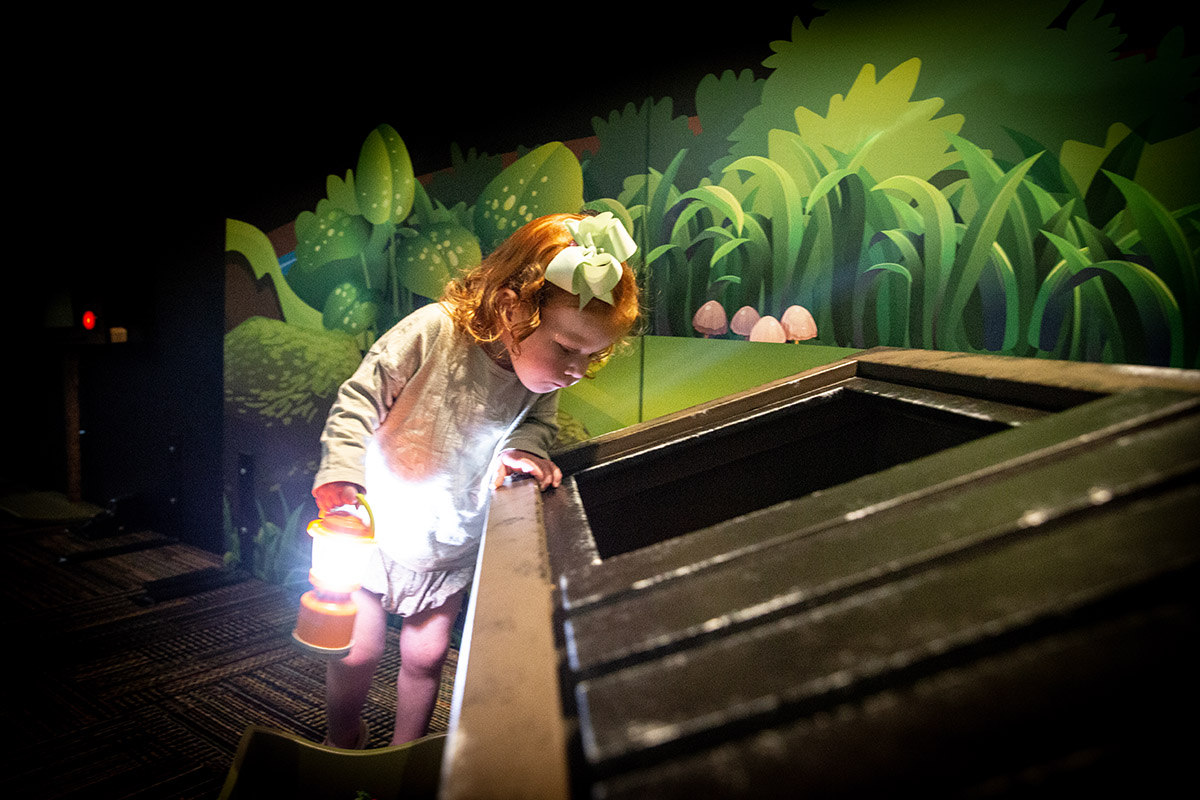Play is fun and brings joy to a child’s life.
It’s one of the most natural ways kids explore new ideas and test their theories about the world. It comes in many shapes and forms, but we often associate outdoor and imaginative play with your child’s development. Both are incredibly important and great ways to engage with your children, but getting outdoors or staging a riveting game of capture the flag can be challenging — or even exhausting — for adults balancing a load of responsibilities. Luckily, board games are one type of play with set parameters and ample opportunities for meaningful development, connection and growth.
First, board games can strengthen coordination and fine-motor skills. When children repeat physical actions — like throwing dice, counting out Monopoly money or pinching their token to move it around the board — they enhance their ability to repeat similar motions. Allowing your children the time to work through these new movements independently or with gentle guidance can help them in life beyond boardgames. Pinching skills can support shoe tying, while dice rolling can support future sports activities. Small movements incorporated into gameplay can have a lasting impact on their physical dexterity in the future.
Board games also support pattern recognition, numeracy, color understanding and other critical developmental milestones. There is a reason Candy Land uses colors to prompt players to move spaces. Children can review the path pattern and find the next space that matches the color card they drew. Kids can count spaces as they trek across the board, practicing sequencing and associating singular entities — a space on the board — with one number as they count. Dice create opportunities to translate dots into a number and then into the number of spaces they can move. All these standard game procedures work to support your child’s cognitive development.
You might think all these points advocate for children to play board games together. And while that’s a great activity, here is where you come in. Board games are an exceptional space to model emotional regulation and social cues. In a game, you can model disappointment, triumph, empathy, stress management and frustration without any real-world consequences. You know how frustrating it feels to slide down the enormous slide at the top of Chutes and Ladders. This creates an opportunity to have a good conversation about handling big feelings and appropriate reactions. As your children watch you play, they learn how to navigate the feelings that arise when you want to win whether you’re the victor or not.
Your participation also creates opportunities to strengthen communication skills. As you collaborate, take turns and share ideas, you demonstrate to your child how to interact with others. From how you pose your questions in Clue to how you consider your choices in the Game of Life, you are setting an example for your children to follow in non-game settings. Even though it’s “just play” to you, children can apply behaviors learned and practiced in a game to their current lives.
Play also allows children to step away from screens and find alternate activities to occupy their time. Not that screen time is bad — it’s a part of our everyday lives — but it’s best consumed in a healthy amount, about 30 minutes a day, depending on your child’s age. Time away from screens encourages play and creativity by reducing distraction.
Hands-on exploration and group play are at the heart of the Children’s Museum of Memphis. Now, you and the young learners in your life can create the same environment in your home. Consider implementing a weekly game night at your house. Research indicates quality time with children can impact their development. Combine that with the power of meaningful play, and children are set on a path to a bright future.








 Groups Today:
Groups Today:
